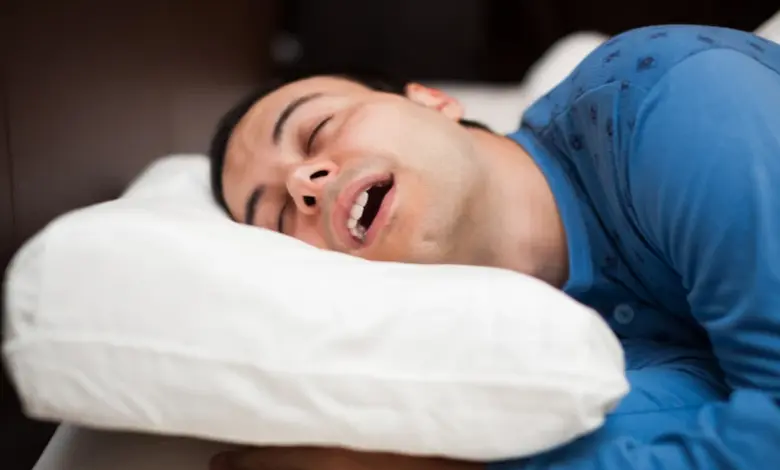
Sleeping with your mouth open might seem like a minor habit, but it could point to serious health concerns, particularly sleep apnea, according to dental health experts. This common behavior is often a symptom of sleep apnea, a disorder that interrupts breathing during sleep and may lead to significant health issues if not addressed.
Mouth breathing at night is a hallmark of obstructive sleep apnea (OSA), where the airway becomes partially or completely blocked. This forces the body to rely on mouth breathing to maintain oxygen levels. Such interruptions can increase the risk of cardiovascular problems, high blood pressure, and diabetes. Additionally, open-mouth sleeping can harm oral health by causing dry mouth, which reduces saliva and heightens the risk of tooth decay, gum disease, and bad breath.
Signs of nighttime mouth breathing vary between adults and children. Adults may notice snoring, waking with a dry mouth, or feeling tired despite sufficient sleep. In children, symptoms can include bedwetting, behavioral challenges, or stunted growth, often due to enlarged tonsils or adenoids, which are frequent causes of OSA in younger patients.
ALSO READ : Could Your Late-Night Cheese Snack Be Causing Nightmares?
The causes of open-mouth sleeping typically involve airway blockages. A relaxed tongue slipping back into the throat can obstruct airflow, a common factor in OSA. Other triggers include nasal congestion from allergies or infections, which narrows nasal passages, or a deviated septum, where misaligned nasal cartilage forces mouth breathing.
Experts stress that persistent mouth breathing during sleep is not normal and may signal airway issues. Dental professionals can provide at-home sleep apnea testing and tailored treatment plans. For those noticing symptoms, consulting a dental or sleep specialist is essential. For more details or to schedule an evaluation, contact a qualified provider to address sleep and health concerns.




